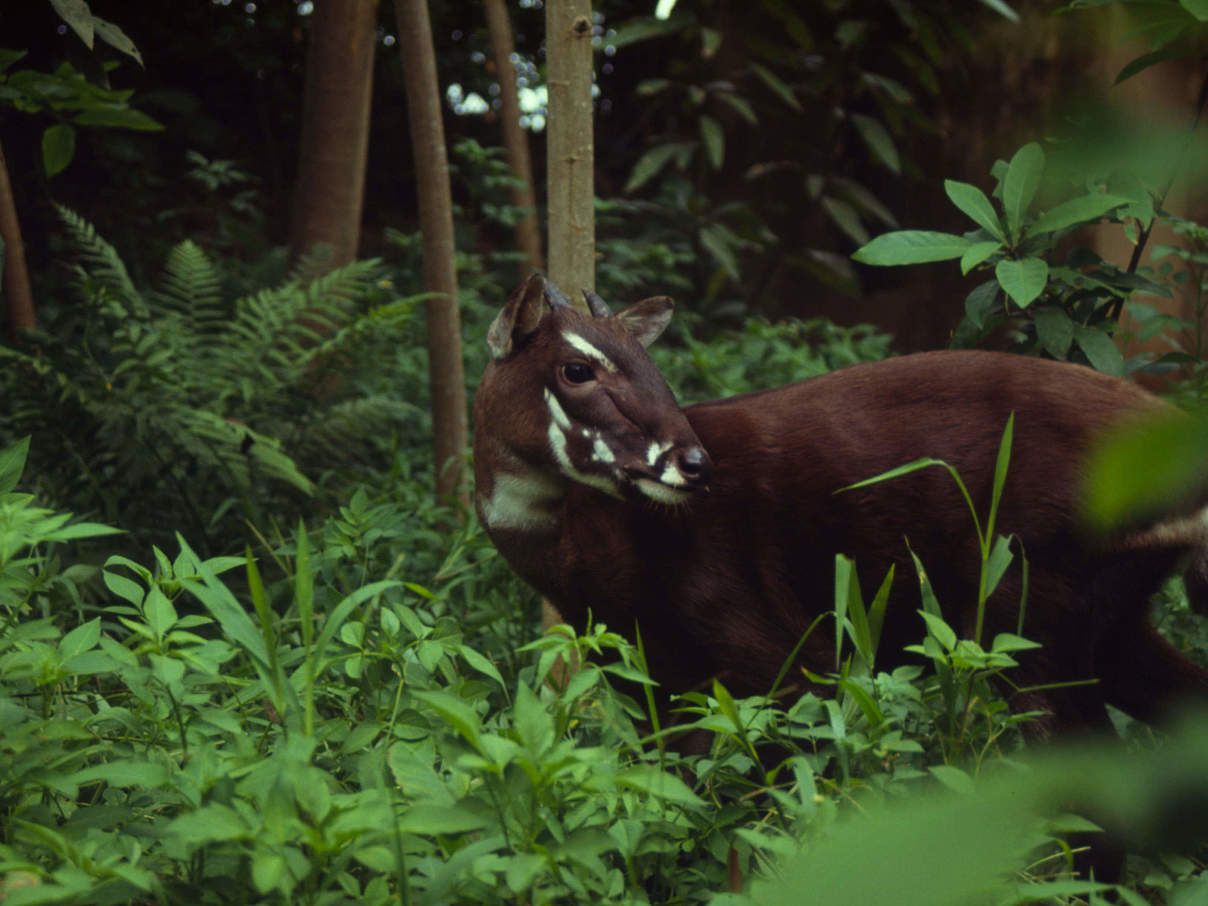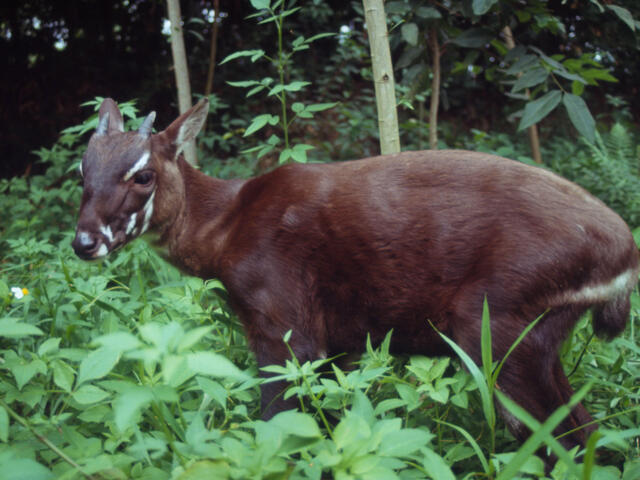Deep within the misty forests of the Annamite Mountains straddling Laos and Vietnam, a rare and elusive creature silently roams—so rare, in fact, that it has been nicknamed the "Asian Unicorn." This mysterious animal is the Saola (Pseudoryx nghetinhensis), a species so rarely seen that it has taken on an almost mythical status among both scientists and the local communities of Southeast Asia.
Though real and biologically classified, the Saola is also deeply woven into the folklore and spiritual beliefs of the region, making it a fascinating intersection of nature and myth.
A Real but Extremely Elusive Creature

First discovered by Western science in 1992, the Saola immediately captivated the world due to its extraordinary rarity. It is a large, antelope-like mammal with two long, parallel horns and striking white facial markings, characteristics that lend to its unicorn-like reputation.
Despite being classified as a bovine, the Saola bears little resemblance to domestic cattle. It is highly reclusive, lives in remote mountain forests, and has never been studied extensively in the wild. The lack of direct observation has only increased its mystique.
Scientists have been able to study it only through local knowledge, occasional photographs from camera traps, and a few individuals that have unfortunately been caught by accident. No Saola exists in captivity today, and only a handful have ever been seen alive by scientists.
Folklore and Myth

Among the indigenous people of Laos and Vietnam, the Saola is not just an animal—it is a spiritual being. In many communities, the Saola is thought to be a forest spirit or a guardian of the mountains. Its appearance is rare and believed to be a sign of luck, balance, or sometimes even a warning from nature.
While not directly part of a specific widespread myth like dragons or nagas, the Saola embodies the same aura of reverence and fear. Its ability to remain unseen despite its size and beauty has led people to believe it possesses magical powers, able to vanish into the forest like a ghost.
Traditional stories and beliefs about the animal speak to a deep respect for the forest and the mystery it holds, reinforcing the Saola’s position as a creature both real and otherworldly.
A Symbol of Conservation and Mystery

The Saola has become a powerful symbol for wildlife conservation in Southeast Asia. Its near-mythical status and extreme rarity make it a flagship species for efforts to preserve the Annamite Mountains' rich biodiversity.
For conservationists, the Saola is both a challenge and an inspiration—a real creature that few have ever seen but whose protection could lead to the preservation of entire ecosystems. Its continued survival is a reminder of how little we truly know about the remote corners of the natural world, and how rapidly such treasures can disappear without notice.
In a time where many mythical creatures are confined to storybooks, the Saola blurs the line between legend and reality, serving as a real-life unicorn that calls for urgent attention.
Cultural Identity and National Pride

In Vietnam and Laos, the Saola is increasingly seen as a symbol of national heritage. Its presence is unique to this specific part of the world, giving it a special place in local identity. Unlike more global symbols of wildlife like pandas or elephants, the Saola belongs solely to the forests of the Annamites, offering a sense of pride and responsibility to the people living in its range.
Conservation programs often work hand-in-hand with local communities, blending traditional knowledge and spiritual respect for the animal with modern scientific approaches. This collaboration not only aids in the Saola's protection but also reinforces a shared cultural commitment to safeguarding the natural world.



















